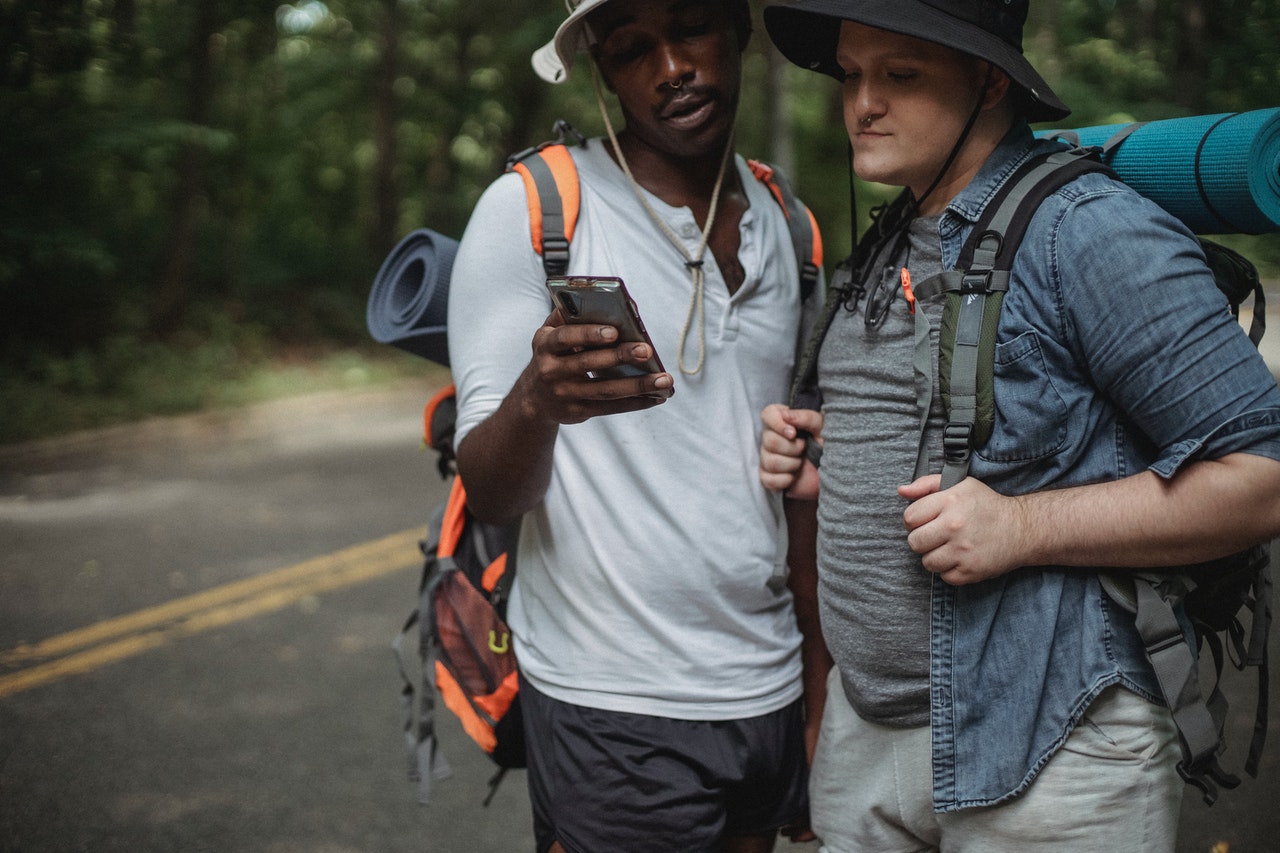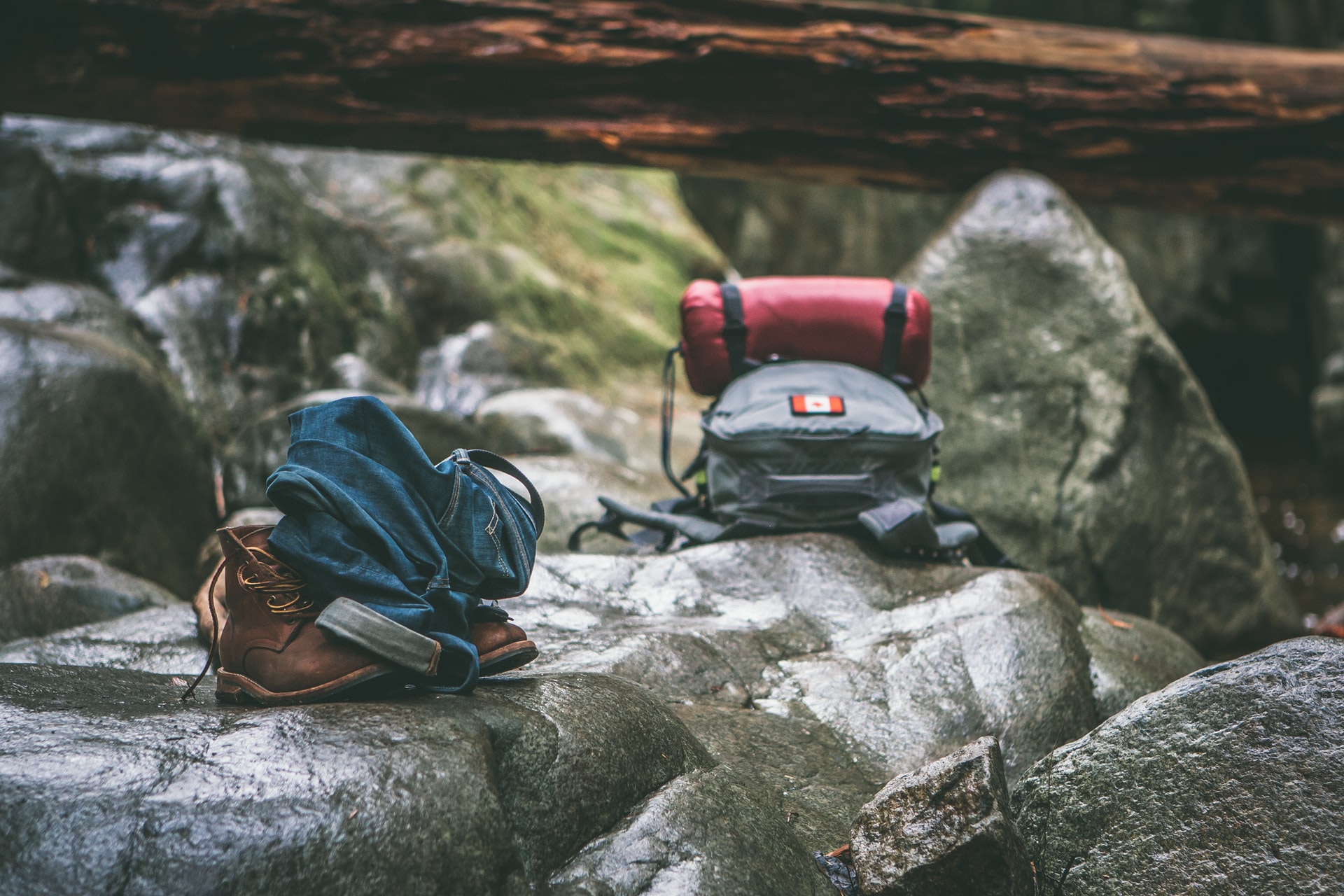Nothing really beats mountain climbing for an all-natural adventure. You get a spectacular view, a spectacular story, and a spectacular workout, all in a single trip. Whether you’ve decided to stick to a heavily trafficked peak or find somewhere a bit farther away from society, there’s something in it for everyone.
With the thrill that comes from such an extreme form of recreation comes a whole host of dangers. It is the responsibility of anyone climbing a mountain to know the dangers and take steps to prepare accordingly. Here is how you can keep yourself out of trouble while still enjoying the many advantages mountain climbing has to offer.
Don’t Go Alone and Keep People Informed
You should never go alone, and you should always leave word with someone–your friends, family, park rangers–about exactly where you’re going and when you’ll return. One viewing of the movie 127 Hours is enough for anyone to understand why! You may not put yourself in the life-threatening situation found there, but even one night out on a mountain when you’re not prepared or one long day with a serious injury is too much. Help people help you by letting them know where you are and when you intend to return.

Know Your Limit, Climb Within It
Do not take on a more challenging climb than you or anyone in your climbing party is capable of completing. This applies to the route up and down, which can present different levels of difficulty. Additionally, the climb must be doable for the lowest skill level in your party as well as the least fit climber; skill and fitness are distinct from one another and need to be addressed separately. Research the climb beforehand to ensure that everyone can make it up and down under their own power.
If the climb turns out to be more challenging than originally anticipated, there is no problem with changing or aborting your climb. Everyone will go home older and wiser, and you’ll be able to train up and redo the current climb at a later date.
Gear Up
Mountain climbing is not simply a matter of walking up and down a mountain. Like nearly any sporting activity, proper equipment is needed. Choose quality hiking clothes and closed shoes that can withstand rugged terrain; depending on the season and the height of the mountain, you may need to include cold-weather gear in your ensemble as well. If there is any actual climbing equipment involved in your planned route, make sure that you have bought quality models that explicitly say they are rated for climbing.

Keep in mind that anything you bring will add to the weight you will be carrying both up and down the mountain. If you can’t manage it, you may need to rethink either your gear or the hike.
In Case of Emergency
Never go mountain climbing without some way to call for help should an emergency arise. If you are close enough to a city, this may be as simple as having a mobile device with you; more remote locations may mean buying or renting a CB radio. Especially extreme or remote routes may warrant the acquisition of a dedicated GPS beacon; these devices can be so critical to rescue efforts that some hiking lodges now require the use of one before starting up the mountain.
Conclusion
The number one priority on any high adventure trip should be staying safe. A few simple steps can keep the thrilling experience of mountain climbing without the risks it could otherwise represent.